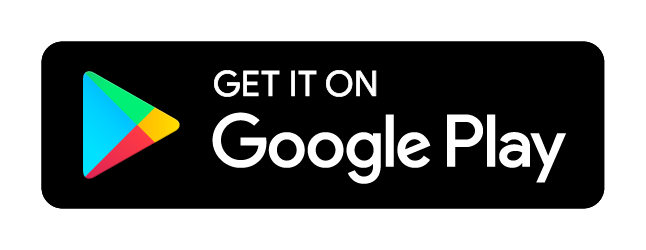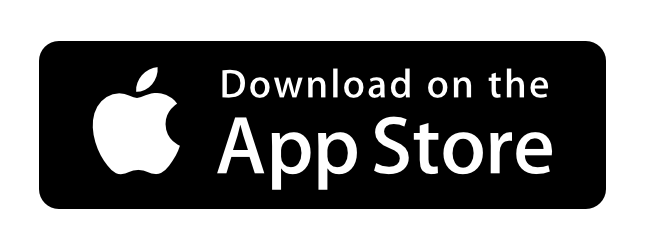Part One: Link Up with LinkedIn
When was the last time you Googled your name? What comes up when you do? Try all variations of your name and see what happens. If you don't have a professional presence on Google, then you are at a distinct disadvantage in the job market. This article will offer suggestions to help you have a higher professional profile when an employer Googles your name—and they’re doing this with greater and greater frequency.
With the advent of LinkedIn, Facebook, and Twitter as well as other social networking websites, employers are now the ones who are searching for candidates online. One has called it “like shooting fish in a barrel” because they have so many potential applicants to choose from. Because employers are cutting back on adding job openings to job boards, they now often look at your Internet presence more keenly than they might look at a resumé. Thus, Linkedin, Facebook, and Twitter are becoming powerful alternatives to a written or emailed resume.
Recently, one of my clients landed a good job, and he did not even have to apply for it! He had been searching diligently, using the Five O’Clock Club approach. The Five O’Clock Club is a career coaching and outplacement firm with an excellent track record; their clients find better jobs at higher rates of pay than the general public if they follow a highly structured series of steps. My client had been on many interviews and had sought advice and information from people in his field, even if they did not have jobs. He had been searching for some time and, in fact, also decided to try stickK. He set a 30-day goal of carrying out the Five O’Clock Club methodology faithfully every day. In the end, the best offer came from an employer he did not seek out. Rather, he had a well-developed Linkedin profile and the employer found him. His 30-day target date was November 11. He let me know that he got his job offer exactly on November 11. (I did not make this up, and I was as amazed as he was.)
If you have been job hunting, you must know that finding a position today is harder work than actually doing the job you eventually land. It is breathtaking how much has changed in the last 20 or 30 years when it comes to finding work. Linkedin didn’t exist before 2002 and now has 50 million users worldwide. Facebook began strictly as a social connection site among college students at Harvard in 2004, moving on to become popular at campuses all over the United States before becoming open to the public. Twitter, launched in 2006, is considered a social networking site, but is also called a microblog because it has a 140-character limit per “tweet.”
If you are 32 or younger and reading this, you are probably a "digital native," already know all about online social networking sites, and are using them skillfully. But if you’re in the Baby Boomer generation, known as "digital immigrants,” using the Internet for anything other than researching or emailing might be foreign or uncomfortable. Consequently, this two-part article will help you learn more about the fast-running river of technological change.
LinkedIn
This is one site that has turned into an incredibly rich professional source for individuals, companies, and groups of all kinds. It is the go-to site to post your work experience and education, add recommendations from others, and find groups related to your field for questions and discussions. If you are new to Linkedin, here are the steps to follow:
- Your first stop is the Learning Center. This will help you become familiar with the various parts of a profile.
- Next, set up a free account. The paid account offers more features, but there is still a lot you can do with the free one.
- Once you’ve got your user name and password, begin to build a few features. Start slowly. Think how you can best communicate your background, experience, and skills.
- Look at other's profiles. Search for those you know and people you don’t know but who are in your field, and see how they portray themselves. It may take you several weeks to complete your profile, which is fine. You want to take time to list information that shows employers your best, most skillful side. If you are interested in networking into a company, search for it on Linkedin and look for names of key people there. This is one way to develop important contacts you can use when you want to be known and want to develop an ongoing professional relationship. Both are key foundations for a successful job search.
- LinkedIn also has groups for every industry and interest. Join in the discussions to show your knowledge in your field and increase your visibility. Begin to invite colleagues to join your connections, but don’t invite people who you don’t know or don’t want to know. Be discriminating about who is in your connections list.
Interested in other popular ways for Google to find you? Part Two will cover Facebook and Twitter.




